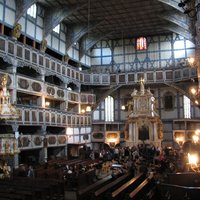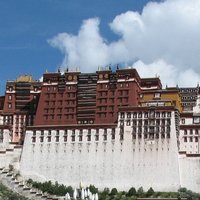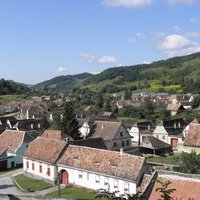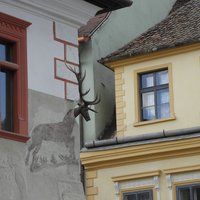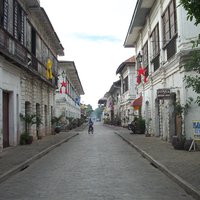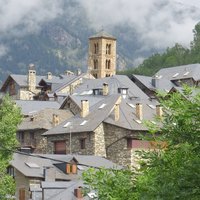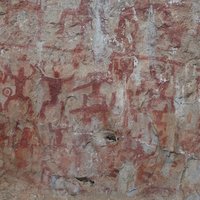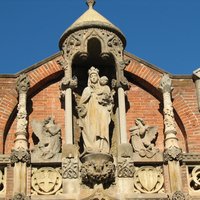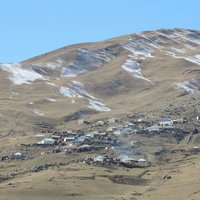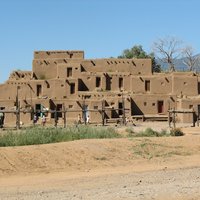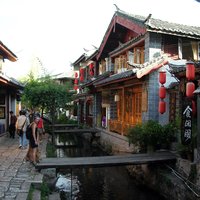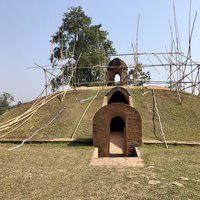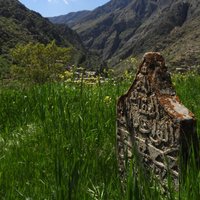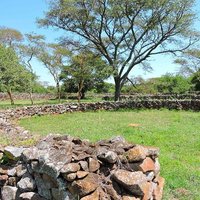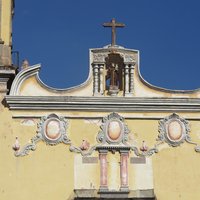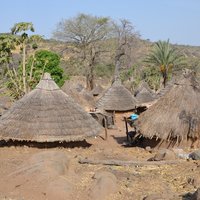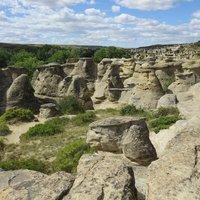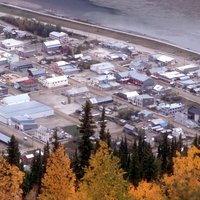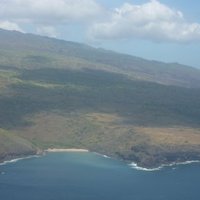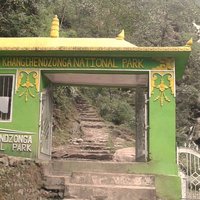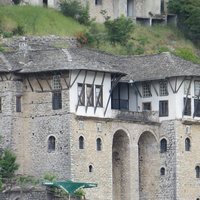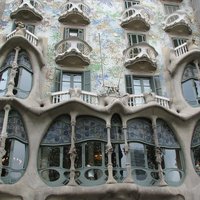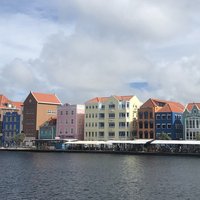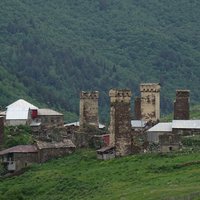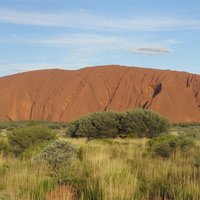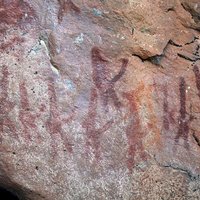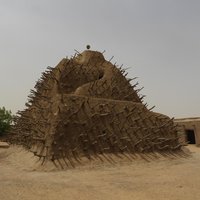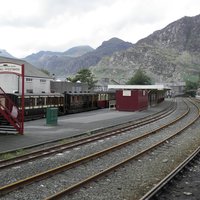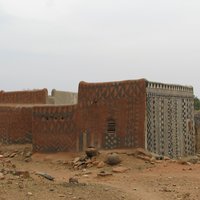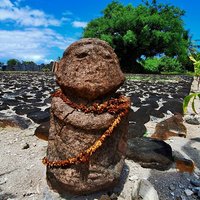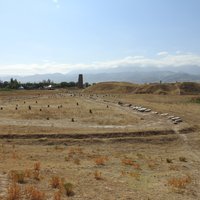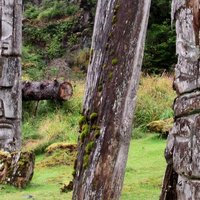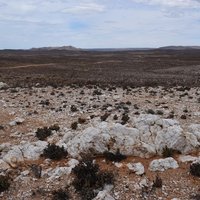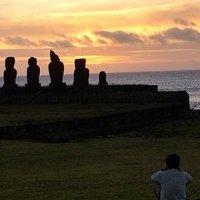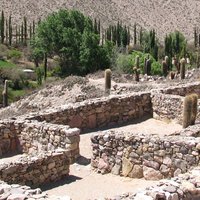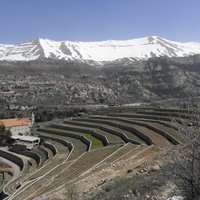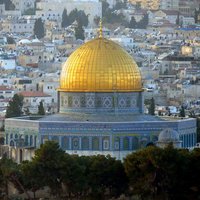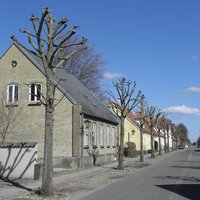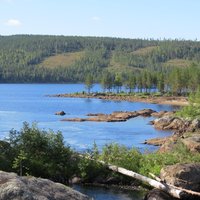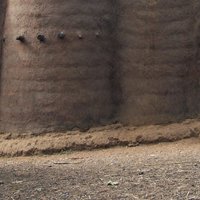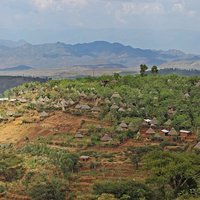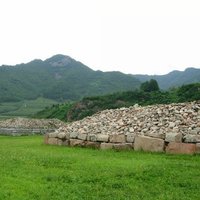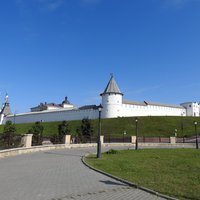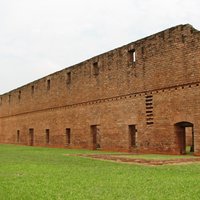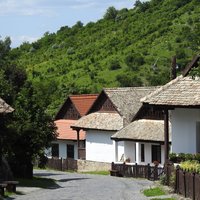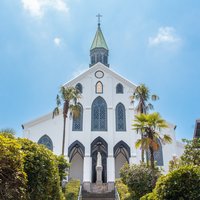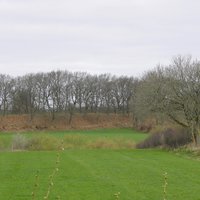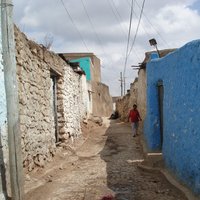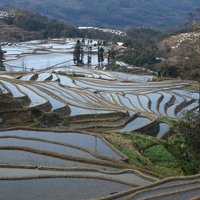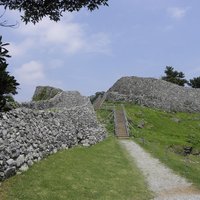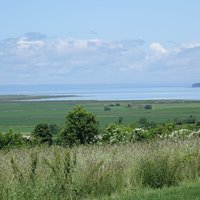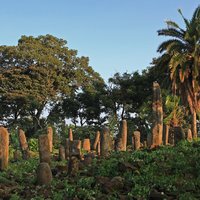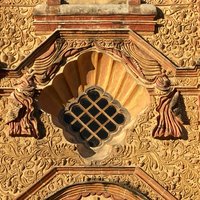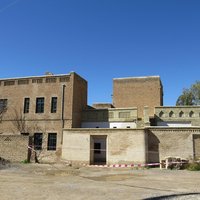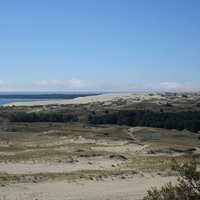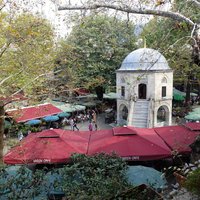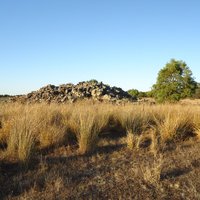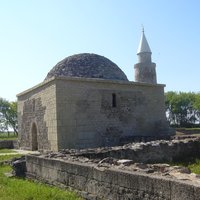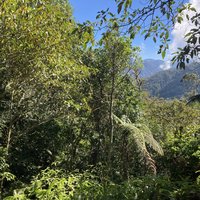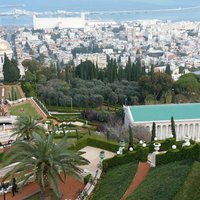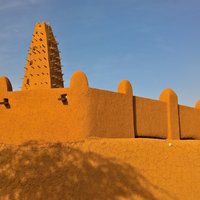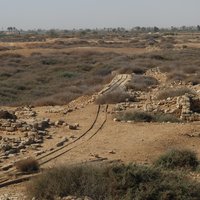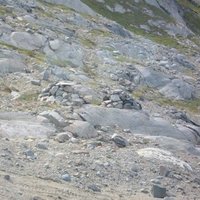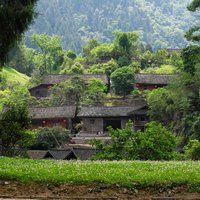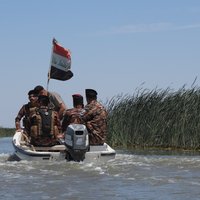Connected Sites
-
Silesians
-
Tibetans
-
Saxons
-
Sighisoara is an outstanding testimony to the culture of the Transylvanian Saxons, a culture that is coming to a close after 850 years and will continue to exist only through its architectural and urban monuments. (AB evaluation)
-
Illocanos - mentioned by the AB
-
"The way of life in mediaeval Catalonia as expressed by this group of churches and villages can be said to have been of great importance in the recognition of Catalan cultural identity. The Romanesque art of these Pyrenean villages played a vital role in the movement for the restoration of Catalan nationality and identity in the early 20th century." (Official description)
-
"Distinctive from the mainstream Han ethnic culture, the local culture, which is thought to have produced this unique rock art, is considered to have been created by ethnic minorities of south-western China, who shared more resemblance to the ethnic groups of Southeast Asia than to the northern Chinese." – "it is generally believed by Chinese scholars that an ancient group called Luo Yue was responsible for producing the Huashan rock art site". The Luo Yue people are believed to be ancestors of Zhuang people, Muong people and Kinh people.
See www.bradshawfoundation.com
-
Catalan: the architect, Llu?s Dom?nech i Montaner, wanted to reflect the Catalan character in his work and also was a prominent Catalan politician
-
Khinalig People
-
Native Americans (tribe of Pueblo people)
-
Naxi
-
-
"The remote and mountainous landscape of Hawraman/Uramanat bears testimony to the traditional culture of the Hawrami people, an agropastoral Kurdish tribe that has inhabited the region since about 3000 BCE." (Official description)
-
"Today, the area around the site is predominantly inhabited by self-identifying Luo people, whose language Dholuo belongs to the Western Nilotic branch of the Nilo-Saharan language phylum. The Luo attribute significance to the property and because of this relation, Thimlich Ohinga has often been considered a historic Luo site. However, historical research and oral tradition attest to a diversity of occupants and interaction of different peoples." (AB ev)
-
Indian quarters - Otomi, Tarasco and Chichimeca
-
"The Bassari are an ethnic group who live primarily in Senegal, with some diaspora into Gambia, Guinea and Guinea-Bissau. They are a matrilineal society stratified into different co ed social groups by age.[1]: 46 The Bassari speak a Tenda language called o-niyan...... The total population is estimated to be 15,000" (Wiki)
See en.wikipedia.org
-
-
Tr’ondëk Hwëch’in
-
"the territorial occupation of the Marquesas archipelago by the Ènata between the 10th and the 19th centuries" (crit iii)
-
Inuit culture (from 18th century to the present)
-
Lepcha (probably indigenous) and Bhutias (from Tibet)
-
Mijikenda (nine ethnic groups)
-
Considerable Greek community in Gjirokastra, its coexistence is part of the OUV of this site
-
Khomani San
-
Gaudí promoted the Catalan movement for regaining sovereignty from Spain by incorporating elements of Catalan culture in his designs. He also was involved in politics
-
most of the Tserkvas in the Ukraine belong to the Hutzul minority
-
Two of the churches belong to the Ruthenian / Rusyn community
-
Less than 350 Jews remain in Curacao "The Historic Area of Willemstad is a European colonial ensemble in the Caribbean of outstanding value and integrity, which illustrates the organic growth of a multicultural community over three centuries and preserves to a high degree significant elements of the many strands that came together to create it.” - AB Evaluation
-
Bedouin Arabs
-
Svans
-
Australian Aborigines
-
San people
-
Songhai
-
"This exceptional cultural tradition and civilisation have ensured immigrants of various nations - Saxons, Swabians, Russians, Polish, Serbs, Romanians, Armenians, and Jewish - live together harmoniously for centuries in this region." (nom file), also gypsies
-
The maintenance of Welsh language and quarrying culture represents the adaptation of a traditional minority culture to modernity. (AB ev)
-
"It is an outstanding illustration of Kasena culture" (OUV)
-
Eastern Polynesians within France
-
The Tomb of Mahmud Kashgari is a symbol of Uyghur nationalism
-
Haida people
-
Nama people continue to live and graze their livestock in the area
-
The Rapanui or Rapa Nui are the native Polynesian inhabitants of Easter Island, or Rapa Nui
-
Most local population identifies as Kolla (who are the descendents of the Omaguaca). Their traditional language was Cacan but it was later given up in favour of Quechua (still spoken in the area) and Spanish
See habitat.aq.upm.es
-
"Syrian Maronites fled there from religious persecution from the late 7th century onwards" (AB evaluation)
-
Native Hawaiians: "These living traditions of the Hawaiians that celebrate the natural abundance of Papahānaumokuākea and its association with sacred realms of life and death, are directly and tangibly associated with the heiau shrines of Nihoa and Mokumanamana and the pristine islands beyond to the north-west." (crit vi)
See en.wikipedia.org
-
Armenian Quarter; Jerusalem's Muslim quarter is home to historic communities of Indians, Persians, Gypsies and Sub-Saharan Africans - each with its own traditional area and its own mosque.
-
Moravian Church Settlements
Denmark, Germany, United Kingdom, United States of AmericaInscribed: 201520516"The continuing presence of Moravian Church communities in each settlement ties the historic structures to the ongoing life of the larger Moravian Church community" (OUV) -
Saami
-
Batammariba
-
Konso
-
located in the Korean Autonomous Region
-
Tatars
-
Connected to the Guaranis who still inhabit the Missiones province in Argentina (they constitute the majority in Paraguay so only Argentina-Brazil counts)
-
Connected to the Chiquitos as well as other tribes in the Santa Cruz province
-
Palocz minority
-
Hanare Kirishitan - Japanese Christians
-
-
Ethiopian muslims
-
Hani, one of the 56 nationalities officially recognized by the People's Republic of China
-
Ryukyuans
-
Acadians
-
Tuareg Berbers
-
Gedeo
-
The missions were built for Chichimeca, Otomi and Huasteca who still inhabit the area.
-
Kurds
-
-
Dogon
-
Chewa
-
Settlement of Turkmen in Cumalikizik
-
testimony to the cultural traditions, knowledge, practices and ingenuity of the Gunditjmara (OUV)
-
Tatars
-
-
Bahai
-
"Tea cultivation is maintained by the Blang and Dai peoples" (AB ev)
-
Tuareg capital of Niger. The Tuaregs constitute about 10 percent of total population
-
Abu Mena is administered by the Coptic Church, close to the active modern monastery of the same name
-
rich archaeological record of Palaeo-Inuit and Inuit cultures (OUV)
-
Tujia, Gelao and Miao Ethnic Peoples
-
-
Ibadi Muslims

